#Erinaceidae
Text

An Ethiopian hedgehog or desert hedgehog (Paraechinus aethiopicus) rests in a garden in the United Arab Emirates
by Priscilla van Andel
#desert hedgehog#ethiopian hedgehog#hedgehogs#paraechinus aethiopicus#paraechinus#Erinaceidae#Eulipotyphla#Mammalia#chordata#animalia#wildlife: UAE#wildlife: asia
1K notes
·
View notes
Text

Short-tailed Gymnure (Hylomys sp.), family Erinaceidae, order Eulipotyphla, Fraser's Hill, Malaysia
The gymnures/moonrats are in the same order as hedgehogs, moles, and shrews.
photograph by Nick Volpe Wildlife Photography
283 notes
·
View notes
Text
Uncharismatic Fact of the Day
For some animals, a snake’s hiss is worse than its bite. Mongooses, honey badgers, hedgehogs, and pigs are all immune to snake venom. All these species have independently evolved this trait, which is a result of a mutation which prevents snake venom α-neurotoxin from binding to their cell receptors.

Image: A common slender mongoose (H. sanguineus) by Matthew Thayer
#mongoose#honey badger#hedhehogs#badgers#pigeons#carnivora#Herpestidae#carnivores#Mustelidae#mustelids#Eulipotyphla#Erinaceidae#Artiodactyla#suidae#even-toed ungulates#ungulates#mammals#uncharismatic facts
118 notes
·
View notes
Text


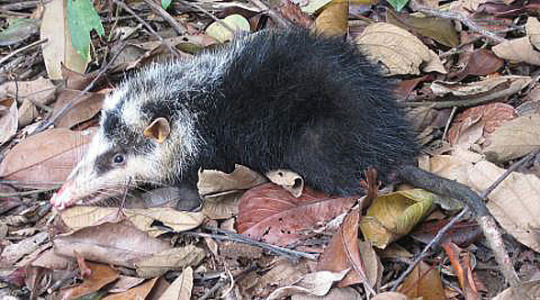

Moonrat
Echinosorex gymnura
Subfamily Galericinae, family Erinaceidae, order Eulipotyphla, superorder Laurasiatheria
Despite their names they are not rats nor do they live on the Moon. They are erinaceids and they live in southeast asia. There are two subspecies. The gray, black, and white E. g. gymnura, and the white E. g. alba.
I think E. g. gymnura looks a lot like a white eared opossum, I did a post about them too.

They eat earthworms and lots of arthropods (including crabs). They also eat fruit, fish, and amphibians sometimes. They are also very stinky. Pungent.
Their head and body length ranges from 26-46 cm. (10.2-18.1 inches)
@jackalspine @fifiibibii
10 notes
·
View notes
Text
Wake up new hedgehog just dropped!

2 notes
·
View notes
Photo

Today I saw him in the grass 😊 #plant #organism #vegetation #grass #rodent #terrestrialanimal #hedgehog #snout #erinaceidae #electricblue #whiskers #terrestrialplant #porcupine #domesticatedhedgehog #monotreme #pattern #naturalmaterial #sky #newworldporcupine #tree #event #wildlife #landscape (at Prackenbach) https://www.instagram.com/p/Ch0UP_sKNuQ/?igshid=NGJjMDIxMWI=
#plant#organism#vegetation#grass#rodent#terrestrialanimal#hedgehog#snout#erinaceidae#electricblue#whiskers#terrestrialplant#porcupine#domesticatedhedgehog#monotreme#pattern#naturalmaterial#sky#newworldporcupine#tree#event#wildlife#landscape
0 notes
Text
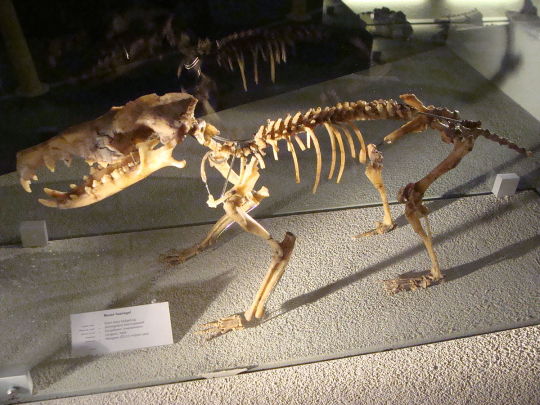

November's Fossil of the Month: Deinogalerix (Deinogalerix spp.)
Family: Hedgehog Family (Erinaceidae)
Time Period: 10-5 Million Years Ago (Late Miocene)
Native to what is now the Gargano region of southeastern Italy (which, as a result of higher sea levels, was an isolated island at the time,) the members of the genus Deinogalerix were relatives of modern hedgehogs comparable in size to small dogs. Lacking defensive spines but possessing long legs and proportionally enormous jaws, it is believed that, in the absence of large carnivores on their home island, the ancestors of this genus' members developed into fast-moving carnivores that may have fed on smaller vertebrates in addition to the invertebrates that make up the bulk of their smaller relatives' diets. The evolutionary phenomenon by which small carnivores isolated on islands gradually become larger, known as insular gigantism, is fairly well documented (being seen in both modern animals such as the Komodo Dragon and numerous extinct species known from fossils found on islands or in areas that were once islands, including a species of eagle-owl sized barn owl, Tyto gigantea, which coexisted with Deinogalerix on what is now Gargano) and is thought to occur in response to a lack of established large predators compared to nearby mainlands. The assumption that Deinogalerix species developed to exploit a lack of competition from similarly-sized predators would also explain their eventual extinction; the Miocene period ended in a major ice age, and as an increase in ocean freezing caused sea levels to fall the island on which Deionogalerix developed would have become more easily accessible from the mainland, possibly allowing for other similarly-sized or larger predators to colonise the former island and outcompete its unique inhabitants - a theory supported by the fact that Tyto gigantea also seems to have gone extinct around this time.
--------------------------------------------------------------------------
Image Sources: https://commons.wikimedia.org/wiki/File:Deinogalerix_koenigswaldi-Naturalis-PeterMaas.JPG
and
https://www.sci.news/paleontology/science-deinogalerix-masinii-new-giant-fossil-hedgehog-italy-01535.html
#Deinogalerix#deinogalerix#hedgehog#hedgehogs#biology#zoology#mammalogy#paleontology#animal#animals#prehistoric animals#wildlife#prehistoric wildlife#prehistoric mammal#prehistoric mammals#fossil#fossils#nature#European wildlife#Italian wildlife
166 notes
·
View notes
Text
i was looking up animals in the hedgehog family cause hedgehog's are not rats/rodents they are erinaceidae's and the only other erinaceidae i could see included in the family is a moonrat which looks like this

it looks like a mix between a hedgehog and possum, it looks like a hedgehog but with long legs,snoot and tail. Hedgehog but no spikes version
#talkin#i was looking this up because i wanted to make Amy this cause my inner's are telling me if im gonna make-#breezie a porcupine which isn't in the hedgehog fam i can make Amy something that's not a hedgehog#idk i feel like some animals are exclusive to certain people not that there cant be two hedgehogs i just want variety#like i feel like since it's said Knuckles is the last echidna left i need to respect that not include any other echidna's besides Tikal-#and Shade because if he's the last let him be the last#Tikal was stuck in timespace so she gets a solid pass and i haven't finished sonic chronicles yet but i like Shade#Like when they made Silver he was a mink lets keep him a mink VARITY!#this is just a me thing
58 notes
·
View notes
Text
Okay I don't want to stay with mammals for much longer so I'm gonna go through the rest of them here
There are 22 distinct groups of mammals, I've already covered three of them (Carnivora and the even and odd-toed ungulates).
Going through the remaining 19:
There are four groups of marsupials, but that doesn't matter because Rahi-wise there is only one species, the Fusa, a kangaroo. The Kikanalo might also count, but see my ungulate post for that ramble.
There are two groups of Xenarthra (armadillos, sloths, and anteaters) but there are no rahi equivalents at all.
Monotremes (echidnas and platypuses) have no representation either.
Same with Sirenia (manatees and dugongs), Lagomorphs (rabbits), Scandentia (tree shrews), Macroscelidea (elephant shrews), Erinaceidae (hedgehogs), and Afrosoricida (tenrecs and some other miscellaneous small African mammals).
Soricomorpha (shrews and moles) has one representative, the Archives Mole.
Pachyderms likewise also only have one rep, the Hapaka.
Cetaceans only have two reps, the Razor Whale and the Stinger Whale. There is a unique whale rahi in the 2003 console game, but much like with the unique fox rahi, I don't know if I can consider it canon given the nature of the game and how drastically different many canon rahi appear in it.
Chiroptera has three reps, the Cliff Screecher, the Ice Bat, and the unnamed bat rahi from the cancelled pc game and various other 01 promo renders.
There are three primates, the Brakas, a monkey, and two apes, the Lava ape and the Spiny Stone Ape. Much like with the Kavinika, I have some questions regarding if the Spiny Stone Ape is actually an ape, given that it has a tail and frankly, kind of looks like a dinosaur, but that's a discussion for another day.
Lastly, the rodents, of which there are quite a lot. There's the Gafna, the Ice Vermin, the Kinloka, the Kuma-Nui, the Lava Rat, the Stone Rat, and the Wolf Rat from the cancelled pc game. The Kuma-Nui and Wolf Rat are especially interesting considering that the former is really fucking huge, and the later engages in some interesting specevo, being a species of one group filling in the role of a species belonging to a different group.
There, that's every mammalian analogue rahi charted
19 notes
·
View notes
Text

A long-eared hedgehog (Hemiechinus auritus) in Cyprus
by Cyprus Birding Tours And Wildlife Tours
#long eared hedgehog#hedgehogs#hemiechinus auritus#hemiechinus#Erinaceidae#Eulipotyphla#mammalia#chordata#wildlife: cyprus#wildlife: asia
348 notes
·
View notes
Text
owing to my cladistics games ive been learning a lot about animal groupings lately and:
Eulipotyphla (/ˌjuːlɪpoʊˈtɪflə/, which means "truly fat and blind"[1]) is an order of mammals [...] the hedgehogs and gymnures (family Erinaceidae, formerly also the order Erinaceomorpha), solenodons (family Solenodontidae), the desmans, moles, and shrew-like moles (family Talpidae) and true shrews (family Soricidae).
girl wake up new animal based gay body type just dropped
2 notes
·
View notes
Text

Soft-furred Hedgehog or Gymnure (Hylomys maxi), family Erinaceidae, order Eulipotyphla, Fraser’s Hill, Pahang, Malaysia
Only recently discovered.
Photograph by David Awcock
140 notes
·
View notes
Note
has 404 been done yet? hehehe
there are multiple creeeeetures on each page so even if it's been done i can try to pick a new one!!
page 404 puts us in the family Erinaceidae - hedgehogs and gymnures
your mammal is
THE DESERT HEDGEHOG
look at those ears!!!

what mammal will you be??
5 notes
·
View notes
Text
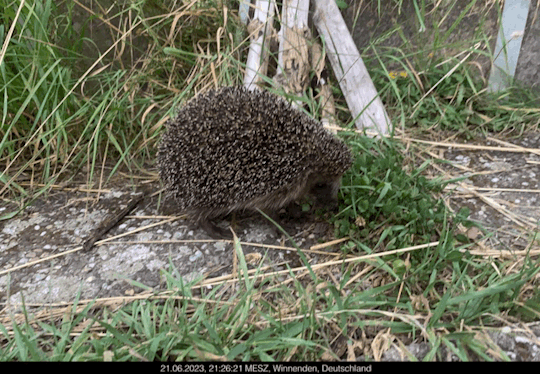
Ein lieber Gast in unserem Garten
- man sieht ihn leider nur selten
- meist hört man ihn im Gebüsch rascheln oder schnauben oder schmatzen ….
Ein Igel - näheres zu ihm auf:
https://de.m.wikipedia.org/wiki/Igel
<<<=+=^=+=>>>
A dear guest in our garden
- unfortunately you rarely see him
- usually one can hear him rustling or snorting or smacking his lips in the bushes ...
A hedgehog - more about him on:
https://en.wikipedia.org/wiki/Erinaceidae
2 notes
·
View notes
Text
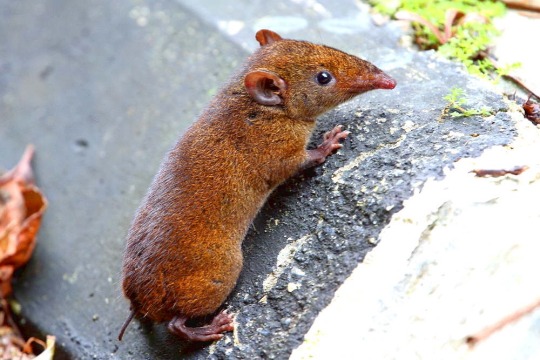


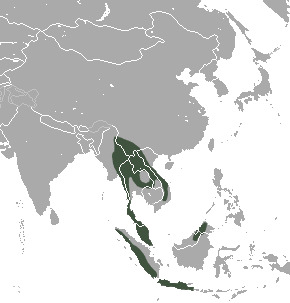
Short tailed gymnure
Hylomys suillus
Subfamily galericinae, family erinaceidae (the hedgehog family), order eulipotyphla
Not a lot of info on these guys which is disappointing.
They eat a lot of soft bodied invertebrates, like worms and grubs, but also sometimes they eat fruit and carrion when they find it.
It’s mainly diurnal but is active at night too. It’s also is mostly active above ground.
Thus animal has repugnatory glands and smells bad. So most scavengers avoid their corpses.
@jackalspine
6 notes
·
View notes
Note
Been following for a while, and I must say, you have a truly remarkable aptitude for drawing callipygian erinaceidae.
Thank you ❤️
7 notes
·
View notes